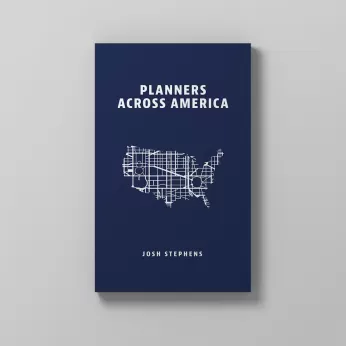Parts of North Carolina previously considered immune to the impact of hurricanes experienced historic flooding in the aftermath of the storm.

Even so-called “climate havens’ like Asheville, North Carolina are feeling the devastating impacts of Hurricane Helene, indicating that no region is safe from increasingly dangerous hurricanes and other climate-fueled disasters, write Chelsea Harvey and Thomas Frank in Scientific American.
Communities across Florida, Georgia, South Carolina, North Carolina, Tennessee and surrounding states were inundated by catastrophic floods. Millions of people lost power. And property damages are expected to amount to tens of billions of dollars.
Helene could, at the end of the day, be one of the most expensive weather disasters in U.S. history, with damages projected to be as much as $110 billion and over 60 deaths reported so far. Towns in the western part of the state previously considered isolated from hurricane damage received over 10 inches of rain, with some areas receiving as much as 30 inches.
Meanwhile, many of the homeowners in the region don’t have flood insurance, which is sold separately and often comes at a high cost. “Just 0.8 percent of the nearly 700,000 households in heavily flooded North Carolina counties have flood insurance through FEMA, agency records show.” Even in Florida, just 25 percent of households in flood risk areas have a policy.
FULL STORY: Hurricane Helene’s Devastation Shows No Region Is Safe from Climate-Fueled Disaster

Planetizen Federal Action Tracker
A weekly monitor of how Trump’s orders and actions are impacting planners and planning in America.

In Praise of Analog Cities: Futureproofing in a Time of Crisis
I didn’t need a pandemic or a war to teach me that smart cities weren’t the future — but it sure drove the message home.

Silicon Valley ‘Bike Superhighway’ Awarded $14M State Grant
A Caltrans grant brings the 10-mile Central Bikeway project connecting Santa Clara and East San Jose closer to fruition.

Which San Diego County Cities Are Building New Housing?
Chula Vista permitted the most new housing units per capita, while El Cajon is adding the least.

Caltrans Plans $2 Billion Tunnel to Save Crumbling Coastal Highway
A roadway connecting Eureka and Crescent City is a lifeline for local residents, but its future is uncertain as rock slides force repeated closures.

Opinion: Minnesota ‘Buttonhook’ Project a ‘Highway Engineer’s Fever Dream’
Charles Marohn argues that building six new roundabouts to preserve access to big box stores and strip malls is an ineffective way to reduce traffic.
Urban Design for Planners 1: Software Tools
This six-course series explores essential urban design concepts using open source software and equips planners with the tools they need to participate fully in the urban design process.
Planning for Universal Design
Learn the tools for implementing Universal Design in planning regulations.
Heyer Gruel & Associates PA
Yukon Government
New Jersey Institute of Technology
Mpact (founded as Rail~Volution)
City of Camden Redevelopment Agency
City of Norman, Oklahoma
City of Portland
City of Laramie





























